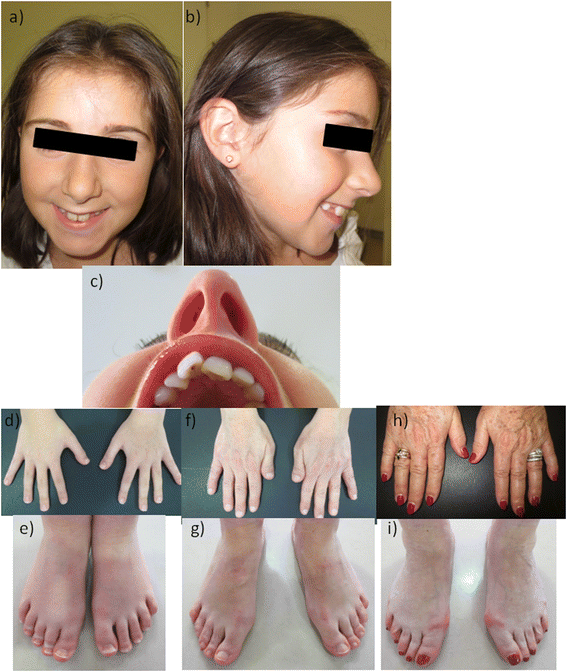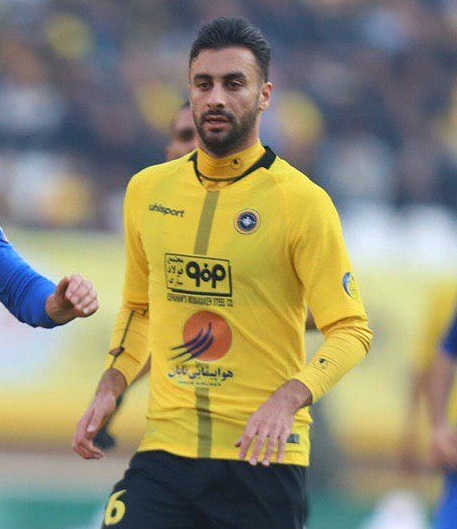Rubinstein-Taybi syndrome in a Saudi boy with distinct features
Por um escritor misterioso
Descrição
Background Rubinstein-Taybi syndrome (RSTS) Type 1 (OMIM 180849) is characterized by three main features: intellectual disability; broad and frequently angulated thumbs and halluces; and characteristic facial dysmorphism. Case presentation We report on a Saudi boy with RSTS Type 1 and the following distinct features: a midline notch of the upper lip, a bifid tip of the tongue, a midline groove of the lower lip, plump fingers with broad / flat fingertips, and brachydactyly. The child was found to be heterozygous in the CREBBP gene for a sequence variant designated c.4963del, which is predicted to result in premature protein termination p.Leu1655Cysfs*89. The child and his father were also found to be heterozygous in the EP300 gene for a sequence variant designated c.586A > G, which is predicted to result in the amino-acid substitution p.Ile196Val. Conclusion Our report expands the clinical spectrum of RSTS to include several distinct facial and limb features. The variant of the CREBBP gene is known to be causative of RSTS Type 1. The variant in the EP300 gene is benign since the father carried the same variant and exhibited no abnormalities. However, functional studies are required to investigate if this benign EP300 variant influences the phenotype in the presence of disease-causing CREBBP gene mutations.

PDF) Lacrimal drainage anomalies in Rubinstein-Taybi syndrome: case report and review of literature
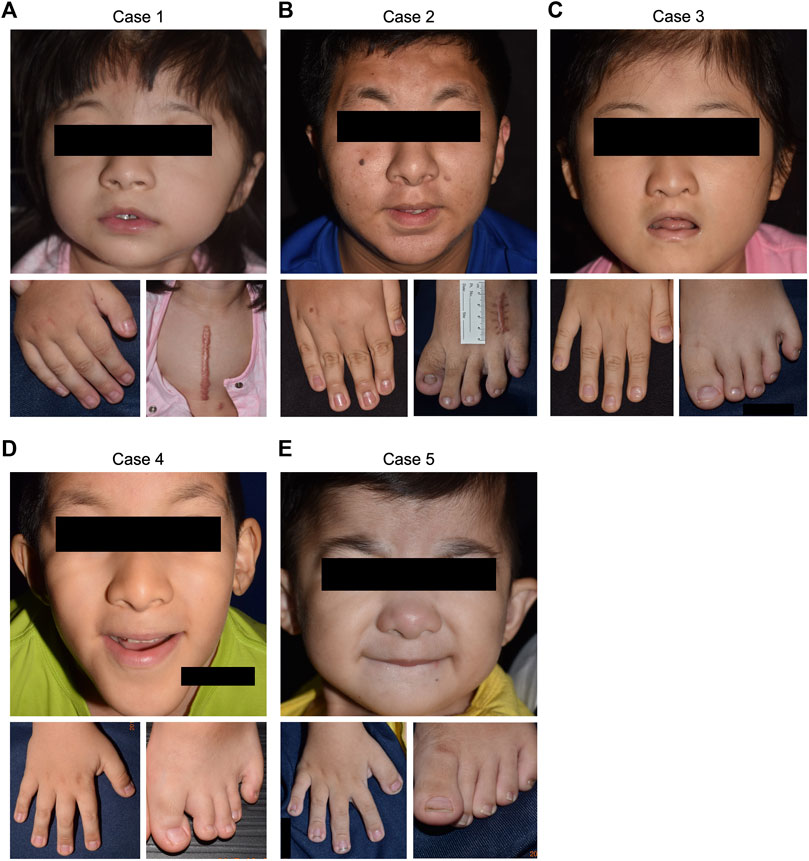
Frontiers Genetic Diagnosis of Rubinstein–Taybi Syndrome With Multiplex Ligation-Dependent Probe Amplification (MLPA) and Whole-Exome Sequencing (WES): Case Series With a Novel CREBBP Variant

Facial dysmorphism, skeletal anomalies, congenital glucoma, dysplastic nails: Mild Rubinstein-Taybi Syndrome - ScienceDirect
Rubinstein-Taybi Syndrome 1

PDF) Rubinstein-Taybi syndrome in a Saudi boy with distinct features and variants in both the CREBBP and EP300 genes: A case report

PDF] Chromosome 16p13.3 Contiguous Gene Deletion Syndrome including the SLX4, DNASE1, TRAP1, and CREBBP Genes Presenting as a Relatively Mild Rubinstein–Taybi Syndrome Phenotype: A Case Report of a Saudi Boy

Benign and malignant tumors in Rubinstein–Taybi syndrome - Boot - 2018 - American Journal of Medical Genetics Part A - Wiley Online Library
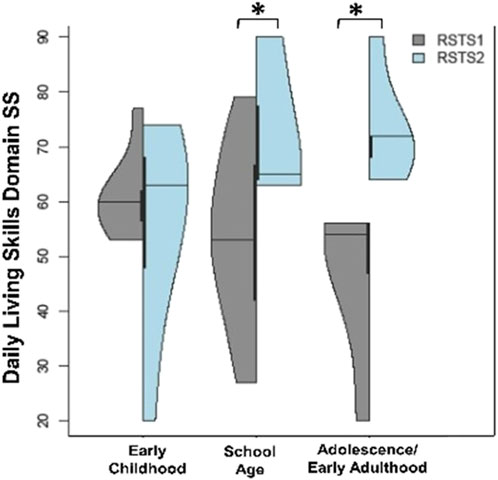
Frontiers Behavioral and neuropsychiatric challenges across the lifespan in individuals with Rubinstein-Taybi syndrome
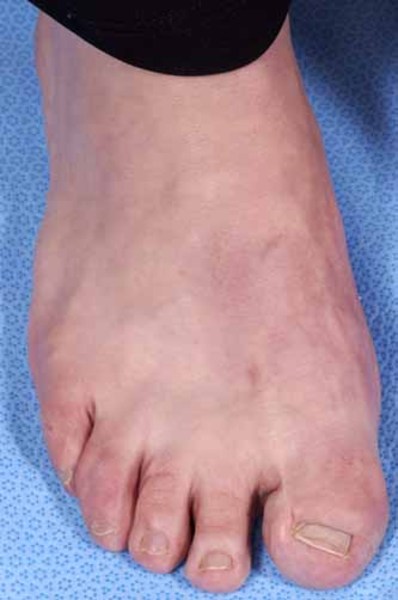
Rubinstein-Taybi syndrome: MedlinePlus Genetics

Facial dysmorphism, skeletal anomalies, congenital glucoma, dysplastic nails: Mild Rubinstein-Taybi Syndrome - ScienceDirect

Expanding the genotypic and phenotypic spectrum in a diverse cohort of 104 individuals with Wiedemann-Steiner syndrome. - Abstract - Europe PMC

Rubinstein-Taybi Syndrome: A case report
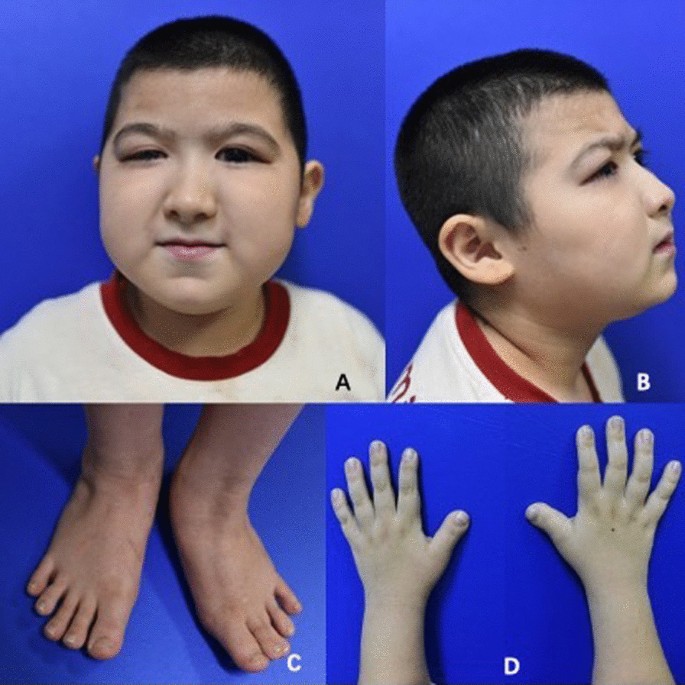
A novel CREBBP mutation and its phenotype in a case of Rubinstein–Taybi syndrome, BMC Medical Genomics

PDF) Rubinstein-Taybi syndrome medical guidelines

File:Rubinstein-Taybi Syndrome2.jpg - Wikimedia Commons
de
por adulto (o preço varia de acordo com o tamanho do grupo)
